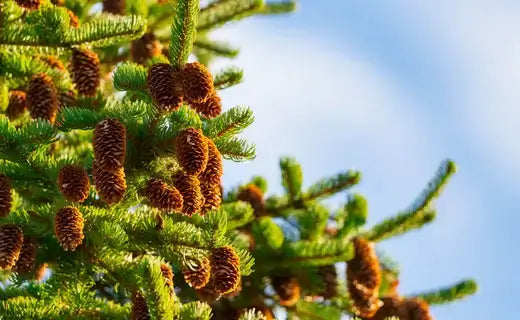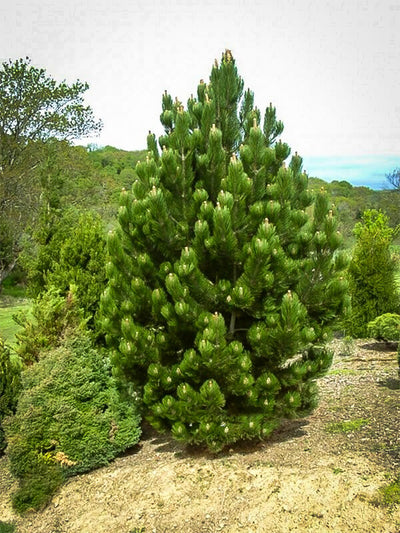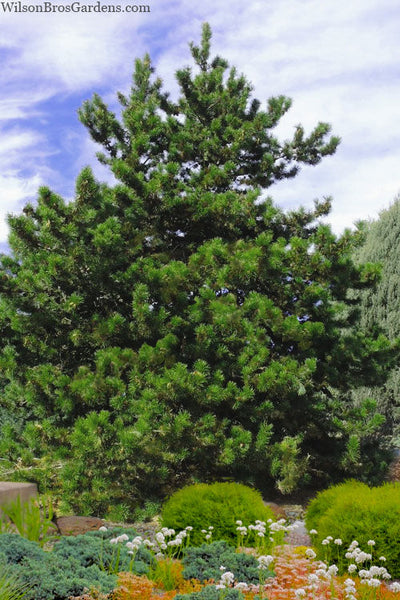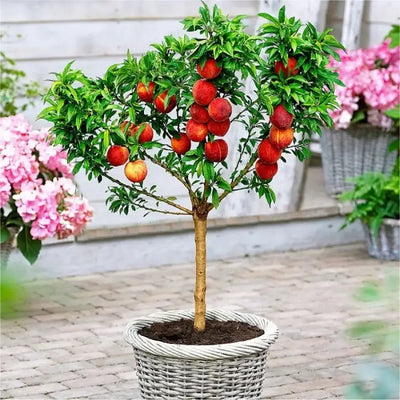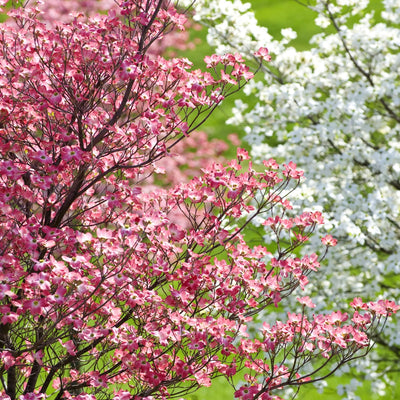
Three Evergreen Choices for Christmas Trees
Share
Cedars, White Pines, and Virginia Pines
When choosing the perfect Christmas tree, there are several options to consider. Cedars, white, and Virginia pines are among the most popular choices. These evergreen varieties possess unique qualities that make them excellent candidates for adorning your home during the holiday season.
Cedars: Timeless Elegance and Fragrance
Cedars, specifically the Eastern Red Cedar (Juniperus virginiana) and the Northern White Cedar (Thuja occidentalis), have long been cherished for their timeless elegance and delightful fragrance. These trees are native to North America and have played a significant role in holiday traditions for centuries. A key attribute that makes cedars excellent Christmas trees is their symmetrical and pyramidal shape.
They naturally grow in a form that resembles the classic Christmas tree silhouette, with dense foliage perfect for holding ornaments and decorations. Their evergreen needles are typically a rich green, providing an ideal backdrop for colorful lights and baubles. What truly sets cedars apart is their intoxicating fragrance. The scent of cedar is fresh, woody, and invigorating, filling your home with a delightful aroma that captures the spirit of the season.
This aromatic quality can enhance the overall ambiance of your holiday celebrations. Cedars are also known for their longevity as Christmas trees. They tend to retain their needles well, staying lush and vibrant throughout the holiday, provided they are appropriately cared for. Their durability makes them an excellent choice for those who prefer to put up their tree early in December.
White Pines: Soft Beauty and Grace
White pines (Pinus strobus) are another popular choice for Christmas trees due to their soft, graceful appearance and excellent needle retention. These trees are native to eastern North America and are known for their slender, elegant branches and soft, flexible needles.
One of the standout attributes of white pines is their soft, delicate needles. Unlike some other evergreens with sharp needles, white pines have long, slender needles that are gentle to the touch. This makes them an excellent choice for families with small children or pets, as painful pricks are less risky. White pines also offer a classic Christmas tree shape with branches that sweep gracefully downward, creating a picturesque and natural appearance.
Their open branches provide ample space for hanging ornaments and lights, allowing you to decorate to your heart's content. Another compelling reason to choose white pines is their excellent needle retention. When properly cared for, white pines can maintain their needles for an extended period, reducing the need for constant cleanup and ensuring your tree looks stunning throughout the holiday season.
Virginia Pines: Affordable Charm and Adaptability
Virginia pines (Pinus virginiana) are a popular choice for Christmas trees due to their affordability, charming appearance, and adaptability to various environments. These trees are native to the southeastern United States and have found their way into homes nationwide.
One key attribute that makes Virginia Pines an attractive option is its affordability. They are often more budget-friendly than evergreen varieties, making them accessible to many consumers. This affordability allows families to enjoy the tradition of having a real Christmas tree without breaking the bank. Virginia pines also possess a charming appearance.
They feature dark green needles that are shorter than those of white pines but longer than those of cedars, creating a balanced and appealing texture. The branches of Virginia pines are sturdy and can bolster a variety of ornaments and decorations. Another advantage of Virginia pines is their adaptability.
These trees can thrive in various soil types and climate conditions, making them suitable for regions with diverse environmental challenges. Their adaptability means you can find Virginia pines in many parts of the country, making them a convenient option for those needing access to other tree varieties.
Cedars, white pines, and Virginia pines each offer unique attributes that make them excellent choices for Christmas trees. Cedars bring timeless elegance and a captivating fragrance to your holiday decor.
White pines offer a soft, graceful beauty and outstanding needle retention. Virginia pines provide an affordable option with charming appeal and adaptability. Ultimately, the choice of which evergreen to adorn your home during the holiday comes down to your personal preferences and priorities. However, these three options can help create cherished memories and festive cheer.

